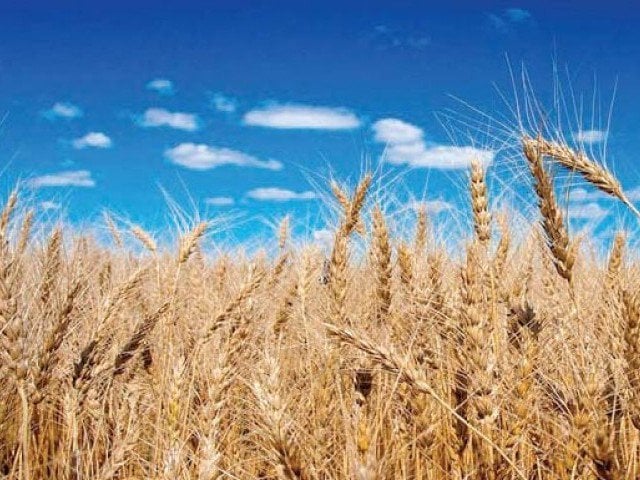
While internal migration towards the province’s few urban centres is turning them into melting pots of a host of problems, the craving for gated communities and lack of irrigation facilities are eating up agricultural land at an appalling rate.
In the race to increase access to what are considered basic facilities, the decline in food security is going unnoticed in Khyber-Pakhtunkhwa. According to data obtained by The Express Tribune from the revenue department through K-P Right to Information Act 2013, the onset of decline in cultivable land began in 1985. While the housing sector’s needs know no bounds, the obsolete irrigation system is also giving birth to wasteland.
“Per year decline in agricultural land is 11.6 sq km,” stated the document available from the department.
Although it may seem like a tale extracted from a post-apocalyptic action movie, the reality is that our agricultural industry soon might not be able to feed our ever-increasing population.
“The increase in population, human development activities, urbanisation, uncontrolled mushrooming of housing societies and over fragmentation of land are some of the reasons behind the decrease in arable land,” read the document.
No control
The current size of agricultural land in K-P is 18,709.55 square kilometres while according to the agriculture, livestock and cooperation department, wasteland measures at 10,398.28 sq kilometres. Furthermore, it is feared the population of the province will exceed 50 million within the next 25 to 30 years.
Government officials say there is no law to prevent people from converting arable land into residential areas. With little changes happening on paper for tax evasion purposes, land where crops should have been swaying with the wind is instead home to unplanned, haphazard housing and industrial facilities.
Although the urban policy and planning unit of the planning and development department is tasked with conserving agricultural land and keeping an eye on encroachment, little is done on ground.
Lack of opportunities
With the state seldom worrying about the rights and needs of the farmers, few wish to continue practicing the trade adopted by their forefathers. Migration to urban areas for safer economic opportunities also adds to the problem.
Lack of irrigation water, especially in the tail end areas of the canals, is to be blamed equally. “There is hardly any water left to grow anything. It is better to sell the land to a developer or use it for some other business,” said Abdur Rahman, a farmer based in Chamkani.
Incoming waters
If these woes were not enough to portray the plight of those associated with the agriculture industry, the annual ritual of floods have doubled their problems. The lack of storage facilities results in rainwater entering farmlands in different parts of the province during the rainy season.
This time around, some efforts have been made for reclaiming land devastated by floods. Orchards have been established in as many as 400 acres of flood-affected areas in different parts of K-P this year. Pomegranate and grape trees have also been planted in seven acres. Around 6.5 acres of land have also been covered through public-private partnership in Tarnab area of the provincial capital. In comparison to the magnitude of devastation, these eyewash measures will bear little fruit.
Published in The Express Tribune, August 15th, 2015.











COMMENTS
Comments are moderated and generally will be posted if they are on-topic and not abusive.
For more information, please see our Comments FAQ